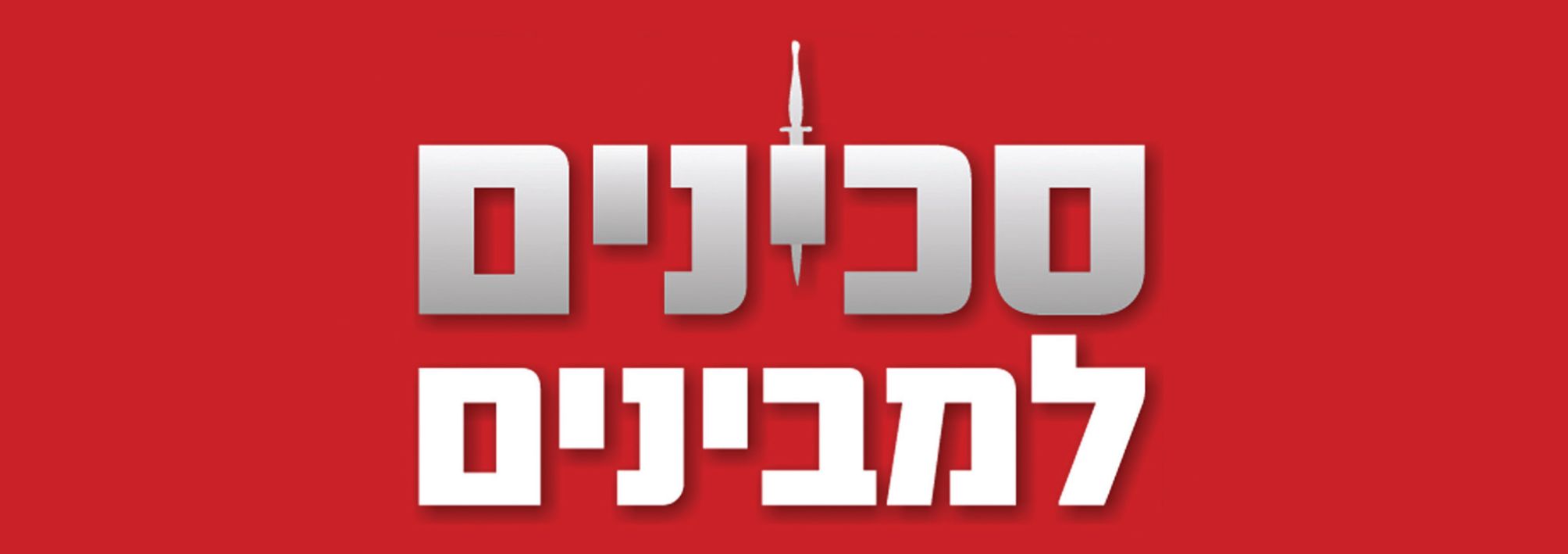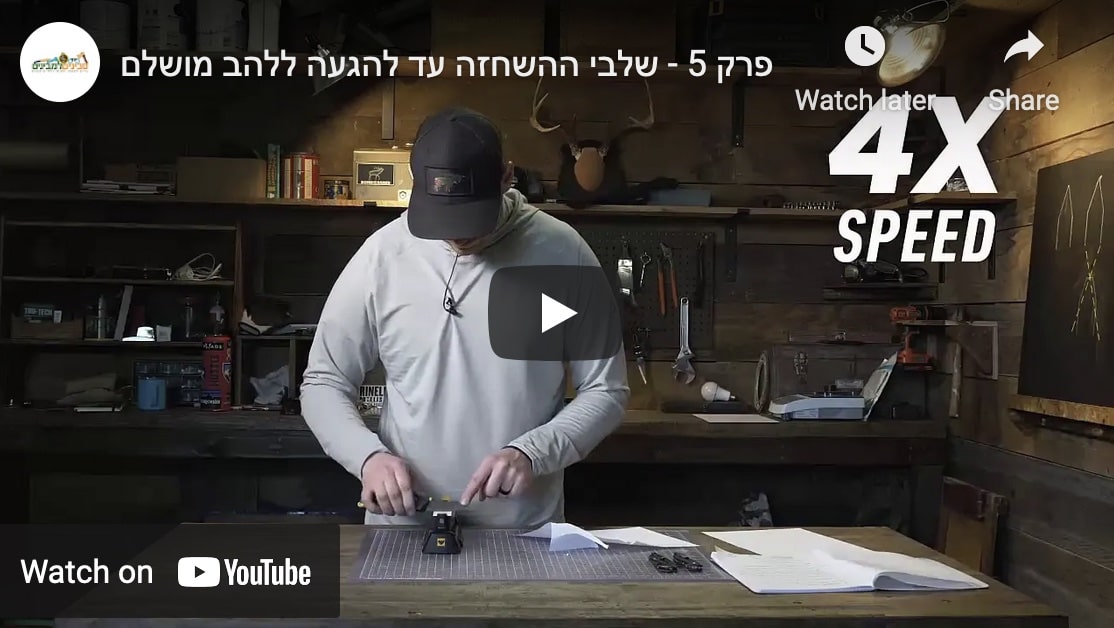סוג פלדה
שלום חברים! מה ההבדל בין פלדה מסוג aus8a לפלדה מסוג aus8.... 
-
Evil_smith
- תושב קבע בפורום
- הודעות:90
- הצטרף:2:00 ,1 ינואר 1970, ה'
היי
ניסיתי לחפש קצת מידע ואף אתר לא מספק מידע על הפלדות הנ"ל...עם זאת בחלק מהאתרים הוזכר כבדרך אגב שפלדת aus8a בעלת קשיחות גבוהה יותר, ורמת ההשחזה שניתן לבצע בה גבוהה יותר.
בסולם רוקוול הנתונים הם כדלקמן:
aus8 - 57-58
aus8a- 56-58
בסולם רוקוול הנתונים הם כדלקמן:
aus8 - 57-58
aus8a- 56-58
-
Pesel
קושיות הפלדה תלויה בטיפול טרמי (חיסום והרפיה).
יצרנים שונים, במיוחד אלה שמייצרים סכינים זולים, משיגים תוצאות שונות לגמרה גם אם משתמשים באותם פלדות.
AUS-6 - AUS-8 - AUS-10 (aka 6A 8A 10A)
Japanese stainless steels, roughly comparable to 440A (AUS-6, .65%
carbon) and 440B (AUS-8, .75% carbon) and 440C (AUS-10, 1.1% carbon).
AUS-6 is used by Al Mar. Cold Steel's use of AUS-8 has made it pretty
popular, as heat treated by CS it won't hold an edge like ATS-34, but
is a bit softer and may be a bit tougher. AUS-10 has roughly the same
carbon content as 440C but with slightly less chromium, so it should
be a bit less rust resistant but perhaps a bit tougher than 440C. All
3 steels have some vanadium added (which the 440 series lacks), which
will improve wear resistance.
AUS-8 (also referred to as 8A) (some text courtesy of Boker Knife Company) - Commonly found in a Kitchen Knife Set, the words "stainless steel" are misleading, because, in fact all steel will stain or show discoloration if left in adverse conditions for a sufficient time. Steel is made "stainless" by adding Chromium and reducing its Carbon content during the smelting process. Some authorities claim that there is a serious performance trade off with stainless steel: As the Chrome increases and the Carbon decreases, the steel becomes more "stainless". But it also becomes more and more difficult to sharpen and, some claim, the edge-holding potential is seriously impaired. We have found that most stainless steel blades are as sharp as other material blades and hold the edge longer. AUS 8A is a high carbon, low chromium stainless steel that has proven, over time, to be a very good compromise between toughness, strength, edge holding and resistance to corrosion.
יצרנים שונים, במיוחד אלה שמייצרים סכינים זולים, משיגים תוצאות שונות לגמרה גם אם משתמשים באותם פלדות.
AUS-6 - AUS-8 - AUS-10 (aka 6A 8A 10A)
Japanese stainless steels, roughly comparable to 440A (AUS-6, .65%
carbon) and 440B (AUS-8, .75% carbon) and 440C (AUS-10, 1.1% carbon).
AUS-6 is used by Al Mar. Cold Steel's use of AUS-8 has made it pretty
popular, as heat treated by CS it won't hold an edge like ATS-34, but
is a bit softer and may be a bit tougher. AUS-10 has roughly the same
carbon content as 440C but with slightly less chromium, so it should
be a bit less rust resistant but perhaps a bit tougher than 440C. All
3 steels have some vanadium added (which the 440 series lacks), which
will improve wear resistance.
AUS-8 (also referred to as 8A) (some text courtesy of Boker Knife Company) - Commonly found in a Kitchen Knife Set, the words "stainless steel" are misleading, because, in fact all steel will stain or show discoloration if left in adverse conditions for a sufficient time. Steel is made "stainless" by adding Chromium and reducing its Carbon content during the smelting process. Some authorities claim that there is a serious performance trade off with stainless steel: As the Chrome increases and the Carbon decreases, the steel becomes more "stainless". But it also becomes more and more difficult to sharpen and, some claim, the edge-holding potential is seriously impaired. We have found that most stainless steel blades are as sharp as other material blades and hold the edge longer. AUS 8A is a high carbon, low chromium stainless steel that has proven, over time, to be a very good compromise between toughness, strength, edge holding and resistance to corrosion.
בעניין זה אם שמתם לב בגשרים תלויים שמתוחים בכבלי פלדה רציניים שגם הם מצופים בציפויים השד יודע מה או בכלל אל-חלד מתקינים על הכבל סוג מוט או פלטה מעופרת אם אני לא טועה שתפקידה למשוך את הקורוזיה אליה ולא לקבל עצמו. אין לי מושג איך זה עובד אבל זה קיים ראיתי את זה על כבלי המתיחה של גלגל הענק בלונדון 
[url]http://image38.webshots.com/39/2/43/19/ ... vlM_fs.jpg
התקנים אלה מופיעים על הכבל בתומנה
[url]http://image38.webshots.com/39/2/43/19/ ... vlM_fs.jpg
התקנים אלה מופיעים על הכבל בתומנה
custom is a knife with spirit
כבלי גשרים הם בוודאי לא מפלדת אל-חלד. מתקני פלדה גדולים שעומדים חשופים מקבלים הגנה קתודית, פיסת המתכת שראית מחוברת לכבלים של גלגל הענק איננה עופרת שיש לה עמידות גבוהה מאד לקורוזיה אלא אבץ שיש לו עמידות נמוכה יותר מברזל לקורוזיה. האבץ, באמצעות תהליך אלקטרוכימי מושך אליו למעשה את הקורוזיה ומתכלה לאיטו לפני שהפלדה בכלל נפגעת ואז ניתן להחליפו בחתיכת אבץ חדשה.
אוצר וחוקר נשק היסטורי
ACT - Armed Combat & Tactics
ACT - Armed Combat & Tactics
-
Pesel
לא מדויק.סער כתב:
יש עוד שיטת הגנה - מתח נמוך. מעבירים, נניח, 40 וולט ואני חושב גם בזרם נמוך (כדי שלא יהיה מסוכן) וזה מספיק כדי לדחות כל מולקולת מים או אוויר.
מספיק הפרש פוטנציאלים של 4 וולט. הזרם צריך להיות מספיק גבוה כדי לפצות על עובדן אלקטרונים במתכת. לא מדובר בדחיית מולקולות של מים או אוויר. אלה על ניסיון להפוך את תגובת החמצון(יצירת תחמוצת) לתגובת "לא כדאית" מבחינה אלקטרודינמית.
-
Pesel
-
Pesel
מי מחובר
משתמשים הגולשים בפורום זה: אין משתמשים רשומים ואורח אחד






